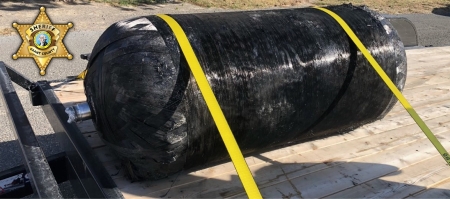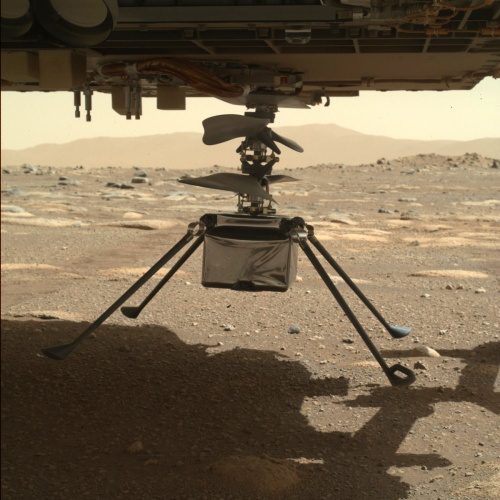Commercial Japanese company about to test orbital space junk removal
Capitalism in space: The private Japanese company Astroscale has placed in orbit a satellite dubbed ELSA-d to test the use of magnets for capturing and removing space junk from orbit.
ELSA-d was launched March 22nd as part of a Soyuz commercial launch.
The ELSA-d mission will test new technology developed by Astroscale, which consists of two satellites stacked together: a 385-lb. (175 kilograms) “servicer” and a 37-lb. (17 kg) “client.” The servicer is designed to safely remove debris from orbit, while the client spacecraft will serve during the demonstration as a piece of debris to be cleaned up. Once the two satellites separate, they will perform a cosmic game of cat and mouse over the next six months.
…Using a series of maneuvers, Astroscale will test the satellite’s ability to snatch debris and bring it down toward the Earth’s atmosphere, where both servicer and debris will burn up. The servicer is equipped with a magnetic docking plate, as well as GPS technology to estimate the exact position and motion of its target. This debris removal demonstration project is the first of its kind by a commercial satellite operator, according to the statement.
During the trial mission, the company will test whether the servicer can catch the client satellite in three separate demonstrations.
The company’s goal is to convince satellite companies to place its client component on their satellites so that when it comes time to decommission the satellite Astroscale’s servicer can be sent up to remove it.
Capitalism in space: The private Japanese company Astroscale has placed in orbit a satellite dubbed ELSA-d to test the use of magnets for capturing and removing space junk from orbit.
ELSA-d was launched March 22nd as part of a Soyuz commercial launch.
The ELSA-d mission will test new technology developed by Astroscale, which consists of two satellites stacked together: a 385-lb. (175 kilograms) “servicer” and a 37-lb. (17 kg) “client.” The servicer is designed to safely remove debris from orbit, while the client spacecraft will serve during the demonstration as a piece of debris to be cleaned up. Once the two satellites separate, they will perform a cosmic game of cat and mouse over the next six months.
…Using a series of maneuvers, Astroscale will test the satellite’s ability to snatch debris and bring it down toward the Earth’s atmosphere, where both servicer and debris will burn up. The servicer is equipped with a magnetic docking plate, as well as GPS technology to estimate the exact position and motion of its target. This debris removal demonstration project is the first of its kind by a commercial satellite operator, according to the statement.
During the trial mission, the company will test whether the servicer can catch the client satellite in three separate demonstrations.
The company’s goal is to convince satellite companies to place its client component on their satellites so that when it comes time to decommission the satellite Astroscale’s servicer can be sent up to remove it.













